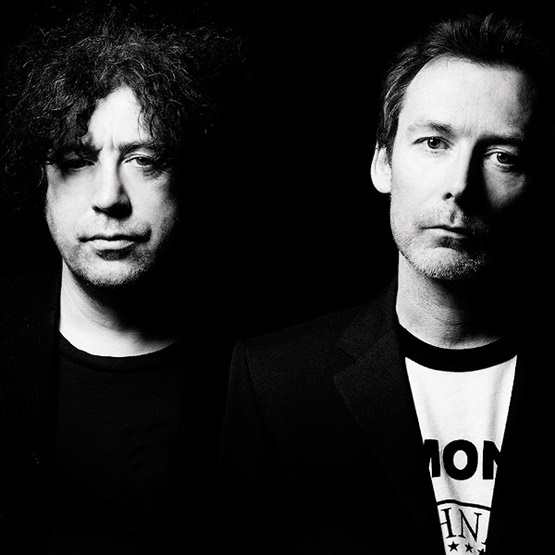Man smoking in 14th Street Diner, NYC, 1974 © Harold FeinsteinPanopticon Gallery is proud to announce 'Harold Feinstein - A Retrospective' published by
Nazraeli Press. Feel free to pre-order it for my birthday gift.
Feinstein was born in Coney Island, joined the Photo League at 17 years old, and is widely know for his work in New York, indeed helping to define the '
New York School'.
'Harold Feinstein, A Retrospective' is the first career-spanning monograph showcasing the brilliance of a small camera master of black-and-white photography. Feinstein began his career in photography in 1946. Within four short years, Edward Steichen, an early supporter, had purchased his work for the permanent collection of the Museum of Modern Art in New York and exhibited it frequently. Feinstein quickly became a prominent figure in the vanguard of the early New York City photography scene where he exhibited at Helen Gee's Limelight Gallery, was a designer for historic Blue Note Records and was a member of the NY Photo League. Feinstein is best known for his six-decade love affair with Coney Island, which has resulted in a collection unsurpassed by any other photographer. While his Coney Island work is much celebrated, Feinstein's breadth and exposure is far greater. His black-and-white portfolios include photo essays from the Korean War, documentary street work, nudes, landscapes, and still life. Feinstein's photographs have been exhibited in and are represented in the permanent collections of major museums including the Museum of Modern Art, International Center of Photography, and the George Eastman House. "When your mouth drops open, click the shutter." - Harold Feinstein
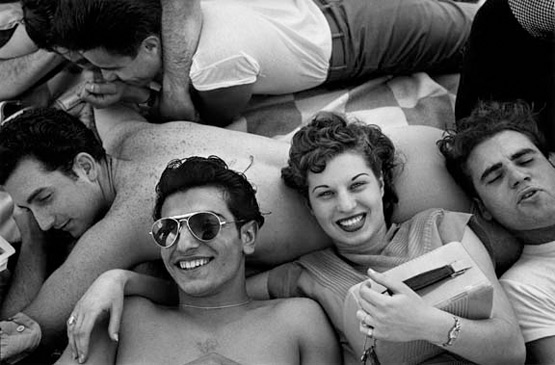
Coney Island Teenagers, 1949 © Harold Feinstein
GI in photo booth, Kilmer, 1952 © Harold Feinstein
Man with daughters at the Side Show, Coney Island, 1949 © Harold Feinstein Tattooed man, Coney Island, 1990 © Harold Feinstein
Tattooed man, Coney Island, 1990 © Harold Feinstein
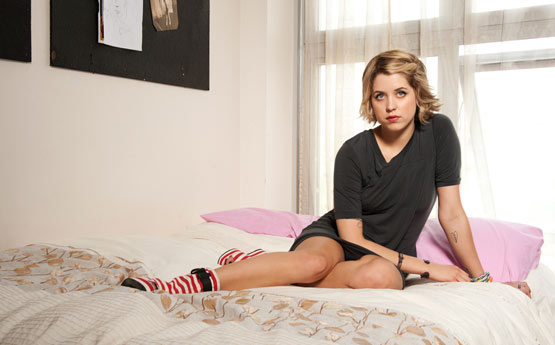 Peaches Geldof © Rayon Richards
Peaches Geldof © Rayon Richards
Work-satisfaction-wise, not much beats witnessing a young photographer develop... I met
Rayon Richards several moons ago when he was assisting the one-and-only Ernie Paniccioli. Rayon has always been positive, working super-hard on his career and turning out some great editorial, commercial and personal portraits. He has just launched a new website - a healthy improvement on the last (no offense, but those Livebooks sites sure can be soul-crushingly treacly.)
Partake. 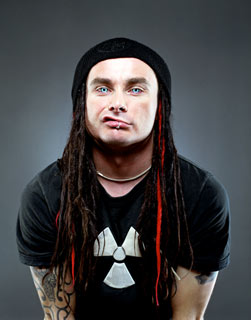
Denise and Toni; Dani Filth; Half Pint; Bat For Lashes.
All images © Rayon Richards
Keeping me entertained today is Ohio-based photographer
Stephen Tomasko's current project 'First Place and Our Congratulations'.
"The start of this project, seen here, is the fruit of twenty days at sixteen midwest county fairs, examining the intense culture of competition surrounding the events."
This body of work will be part of the Proj'ekt LA series at
MOPLA.
Michael Massaia is an incredibly productive, young, self-taught, technically impressive photographer. He doesn't look like a stalker, he isn't creepy, but he does sneak about a lot in the wee hours in places he probably ought not. Obviously Michael works with large format cameras; there is no trickery, just patience and masterful film processing and printing techniques. Michael describes his images as one-shot scenes that have been pushed to their limit. He talks about developing with Pyro allowing for huge, grainless prints that he makes himself.
Michael has already been on the walls at AIPAD so I suspect all he needs to continue on this stellar path is a few more hours in the day (or night). At
Gallery 270 in New Jersey, they reckon he eats only occasionally and may sleep just two or three hours every other day...
See Michael's work in its best format - large prints from the compelling series Seeing The Black Dog, Massaia's project on long-distance trucking will be on view at
J Cacciola Gallery in NYC, opening May 3rd.
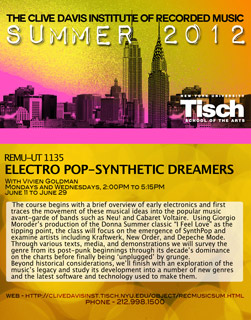 The Punk Professor, aka Vivien Goldman,
is announcing a short new course open to all interested parties, with
credit applicable to any of your studies. 'The Roots of Electronic Dance
Music' is The Professor's first Electro Pop course. Seats are limited
but there's still time to apply.
The Punk Professor, aka Vivien Goldman,
is announcing a short new course open to all interested parties, with
credit applicable to any of your studies. 'The Roots of Electronic Dance
Music' is The Professor's first Electro Pop course. Seats are limited
but there's still time to apply.
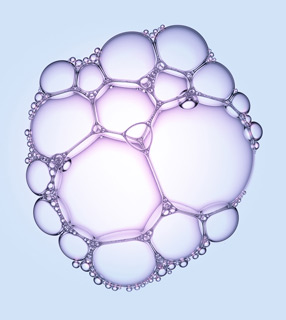
British photographer
David Parfitt's goal here is to see the beauty in the mundane. aCurator believes not much beats a nice long bath with a calming soundtrack of clicking and snapping from a tubful of bubble bath (try
Lush!)
Enjoy these little pops of pastel!
all images © David Parfitt

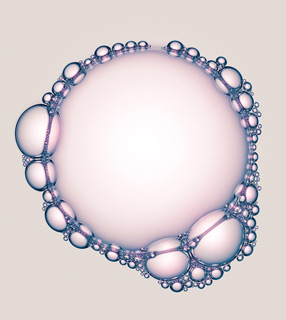

I was having a poke around
aCurator-featured photographer
Brian David Stevens' site today after he Tweeted about the 87th birthday of
Anthony Wedgwood Benn, a British politician who, as per good old Wikipedia "...has topped several polls to find the most popular politician in Britain. He has also been described as "one of the few UK politicians to have become more left-wing after holding ministerial office." Since leaving Parliament, Benn has become more involved in the grass-roots politics of demonstrations and meetings, as opposed to parliamentary activities, and has been the President of the Stop the War Coalition for the last decade. He has also been a vegetarian since the 1970s." Yay for Tony Benn.

Then I connected with this portrait of
Molly Parkin ("a Welsh painter, novelist and journalist, who became most famous for exploits in the 1960s") with
George Melly (an English jazz and blues singer, critic, writer and lecturer. From 1965 to 1973 he was a film and television critic for The Observer and lectured on art history, with an emphasis on surrealism.)
BDS and I share a bit of common history so in a nod to the music of our time, a portrait of the Jesus and Mary Chain. I wonder whether I still look just as sardonic, 25 years on.
All images © Brian David Stevens
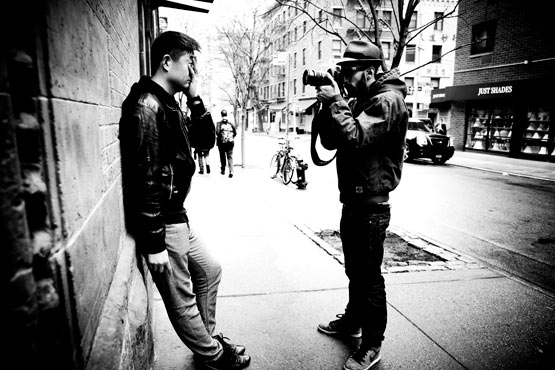
JR shoots Liu Bolin © Zachary BakoaCurator-featured artist
Zachary Bako has been working with artist Liu Bolin in China for some time now. Recently they were in New York, with Bako documenting a collaboration between Bolin and French artist JR.
"Liu Bolin's passion for his artwork was clear from the start. The more I worked with Liu, the more interested I got in capturing his emotion, and that of those around him, as he works. When we collaborate, I find myself peeling the camera away from my face, almost like I need to take a minute now and then just to bear witness to the intensity of the atmosphere around me. In particular, when we were in his hometown of Binzhou in Shandong Province, China, last September creating two works."
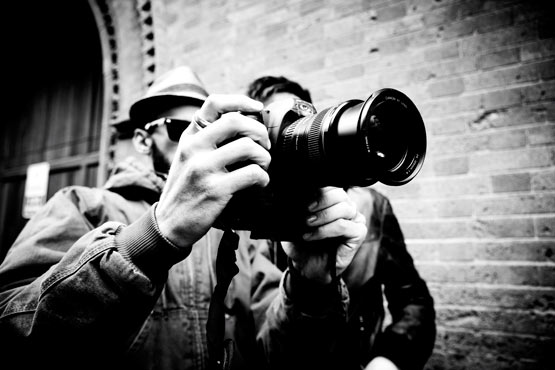
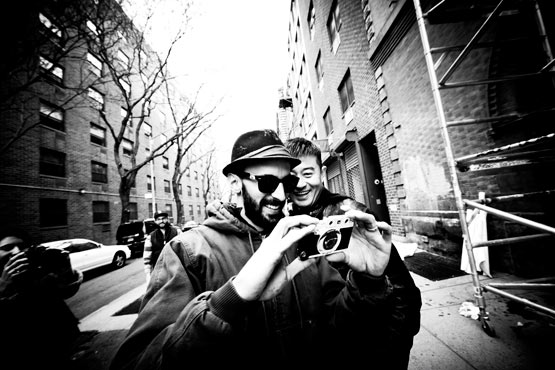
"Liu Bolin and JR have known each other for 4 or 5 years ago. They
first met in Arles, France. During Liu Bolin's first performance for
Hiding in New York in 2011 (at that time, in front of the Kenny Scharf
mural on Houston and Bowery) JR stopped by to give his regards. Almost a
year later the two would collaborate on a piece."
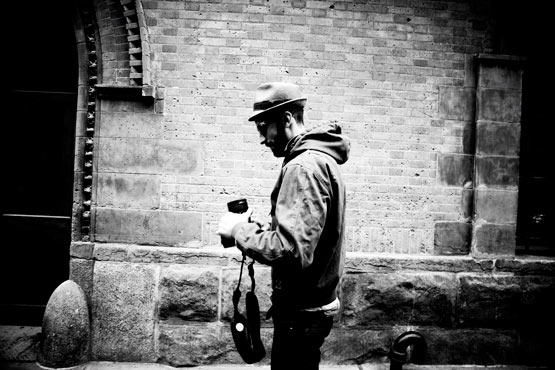
"First, JR photographed Liu Bolin's face (the frame denotes his left eye
partially visible through the fingers of his left hand) (Liu Bolin is
predominately left-handed when creating sculptures and painting) Then JR
and his assistants pasted the mural onto his studio door. Once the
pasting was completed, we waited for the correct light and Liu Bolin and
his assistants then painted JR into his own image. Perched on
scaffolding across the street, (there was a SUV parked from the correct
POV, so we elevated camera to combat this) Liu Bolin directed his
assistants with a laser pointer to perfect every last detail. The final
product, a photograph."
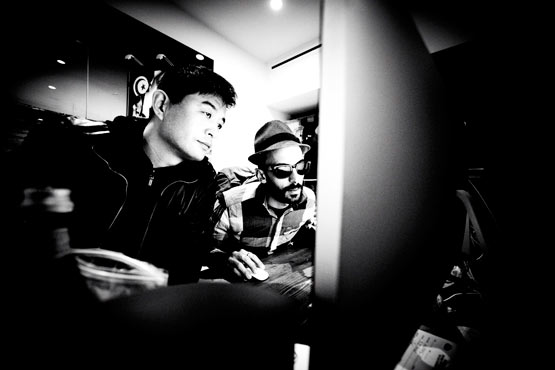
"Frankly, Liu Bolin and JR respect each other's work; even so much that
JR has collected one of Liu Bolin's pieces. I think that it is fantastic
that a cultural bridge is connected with these two artists. They are no
doubt, two very important artists of our time; both having very
distinct messages within their work. I consider their collaboration a
homage to one another." - Zachary Bako.
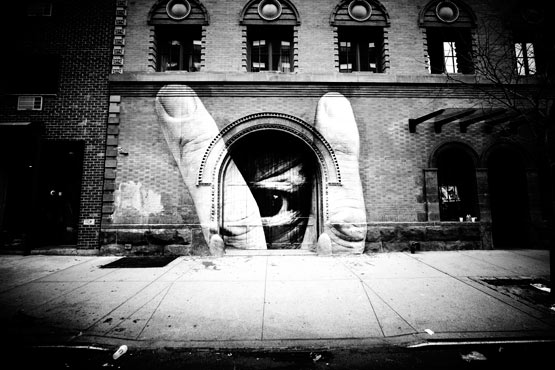
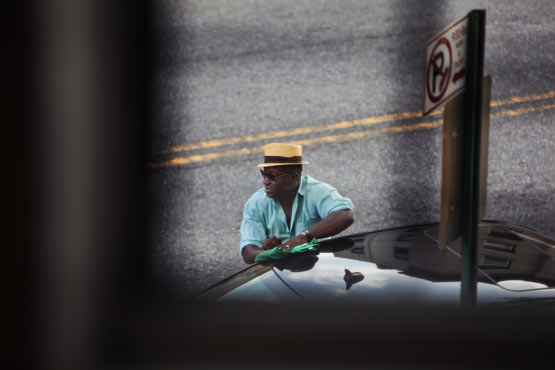
Untitled from the series 'Channel 247' Brooklyn, NY, 2011 © Hye-Ryoung MinI met the delightful
Hye-Ryoung Min at a portfolio review and she got me hooked on the show she'd been covering on Channel 247.
In her teens, Hye-Ryoung couldn't help but think that somebody was watching her all the time. "I had to act as a main actress in some kind of movie which made me feel self-conscious wherever I went. This might be typical of many other teenagers and it might even play a part in how one creates a sense of self. I remember when the movie 'The Truman Show' came out in 1998. It opens with the question: "What if you were watched every moment of your life?" It completely matched my imagination. The movie went on to show how Truman would really feel after he realized the truth of his condition. Which leads me to ask: how different is our behavior when we are conscious of others around us? And what do involuntary actions tell or reveal about us?"
"I had five television sets at home. Three of them were in the living room and two were in the back, one in the bedroom and the other one in the kitchen. By "televisions" I actually mean windows. The three windows in the living room had the most interesting and varied shows and actors, since they give out on the main boulevard with its constant flow of people and situations. But I also enjoyed the daily shows in the backyard featuring a more regular cast of actors and private moments.
This kind of programming had a loose schedule and no guarantees that shows would play on time. For the most part, it was all silent film and the story lines were pretty much repetitive. However, I started noticing subtle nuances and differences from day to day. Repetition helped me understand actors' basic characters; nuance and difference offered me clues into their hidden stories." Hye-Ryoung Min, 2012.
View the full screen magazine photo feature.

Anindya Chakraborty sent in his series of photographs on
Dhokra, an ancient metal casting process taking place in West Bengal. Here is the story in his words.
"The village of Deriapur in West Bengal is not very much known to outsiders. Although Indians are familiar with metal casting for more than five thousands years and Dokra is one of the ancient metal casting process still existing within Santhals, there are less people to take notice of it."

"The people of Deriapur have a unique history. They belonged to Malhar tribe which was nomadic in nature. Finally they settled in two places in West Bengal, India. One of those two places is Deriapur where around 50 families are putting up. Their art of creating metal structures is beautiful but silent. It does
not ring bell in Governments officials who are busy in much more
important matters and they closed their office which used to lend out
money to the artisans sometime back. Media has many other important
things to cover as well so the people of Deriapur are slowly getting the
same idea and moving on."
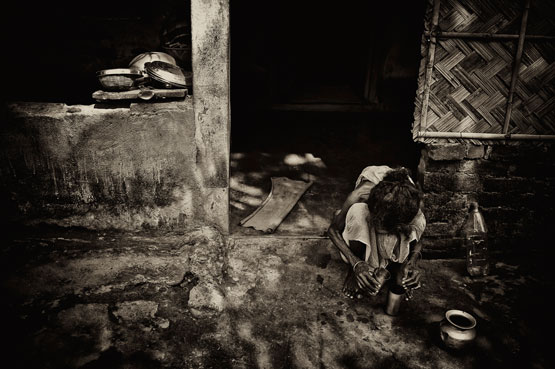
"Some of their children go to school and drop out because of money
and elders work mostly in fields or they prefer to drink when they have
some money. Art can come later. Around 20 years back one of these people
got an award from the President for his talent and got 1 Lakh Indian
rupees (which was a good amount that time)."

"The same person now goes to field for living. They don't have much complains though and they are slowly getting into a state which we call - terribly happy!"
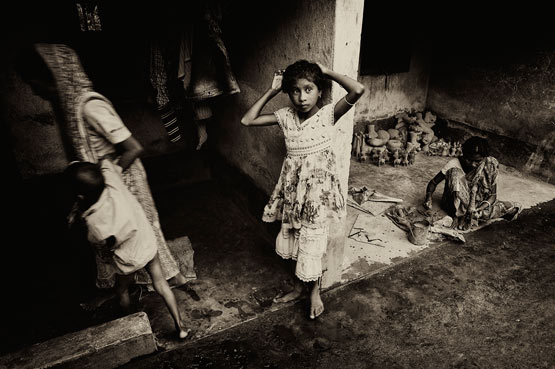

All images © Anindya Chakraborty
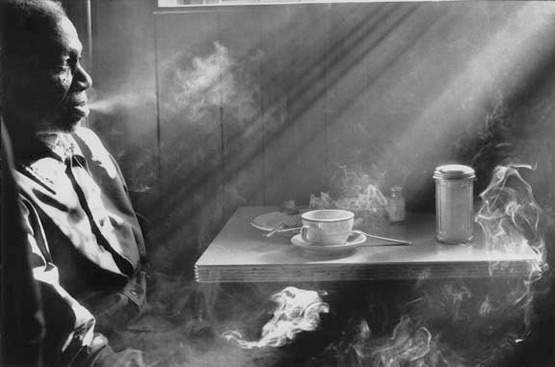


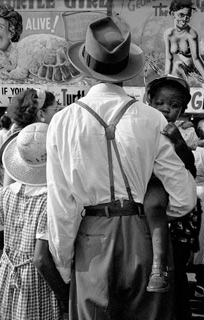
 Tattooed man, Coney Island, 1990 © Harold Feinstein
Tattooed man, Coney Island, 1990 © Harold Feinstein


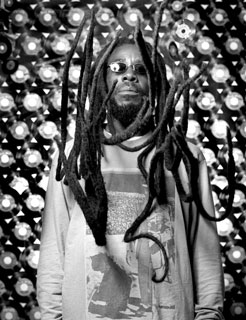
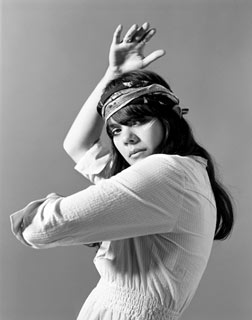
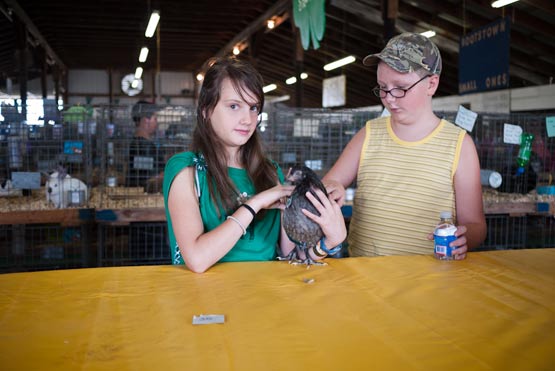


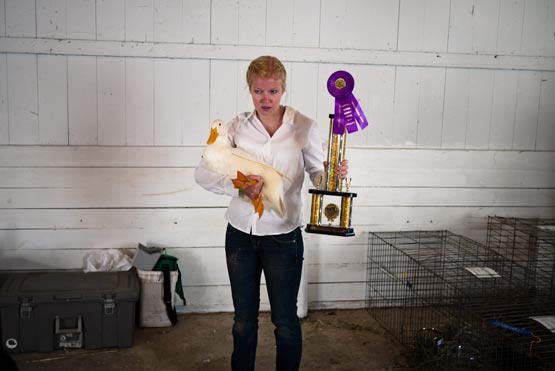

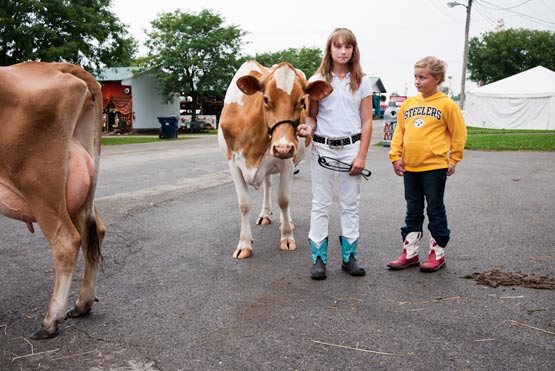
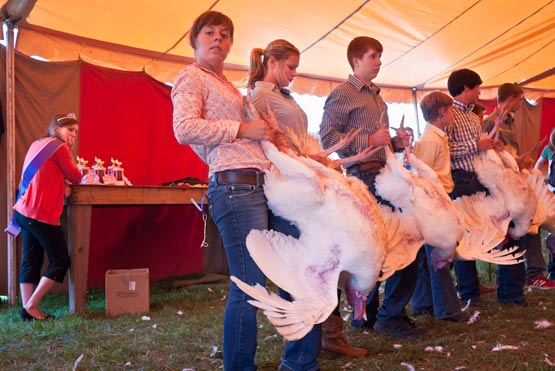
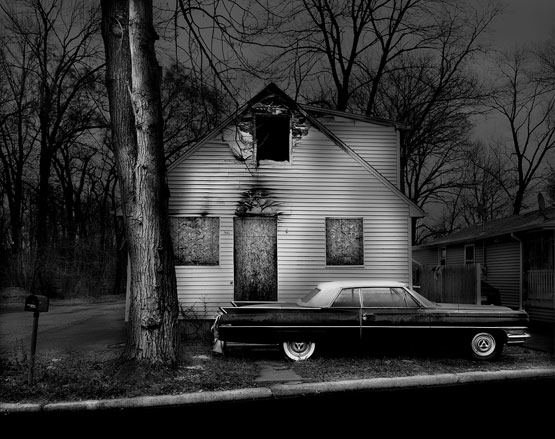
 The Punk Professor, aka
The Punk Professor, aka 





